The expanse of concrete next to runway 36R at DFW Airport doesn’t see much use in ordinary times. During snowstorms and icy weather it functions as the de-icing area but, well, this is Texas, ice events just don’t happen that often. But these are not ordinary times. As I chronicled in my They Will Fly Again project, airlines around the world faced the unprecedented scenario of having to ground large portions of their fleets due to the COVID-19 outbreak.
American Airlines, the largest airline in the world, was no different. Tulsa, Pittsburgh, Roswell, American stored jets wherever they could find room. When space ran out, American Airlines eventually decided to store jets on the de-icing pad at DFW Airport, its home and fortress hub.
From the air, the images were stark.
But there was hope. Hope that demand would come back, that the indomitable human spirit to wander and explore would rise again. To be less eloquent, everybody hoped that people would go so insane from sitting at home that they’d do anything to get back in the air. To echo my refrain from my project, hope that these jets would fly again.
American Airlines were kind enough to partner with me for a small epilogue to They Will Fly Again. For, as of today, these jets are indeed flying again. I wanted a first-hand look at how American made it happen.
Logistical challenges of storing aircraft
I met Jim Kriksciun, Managing Director at the HUB Control Operations Center at DFW (which I visited in my overnight with American series) and we chatted on our way out to visit the grounded aircraft. Jim helped me understand the true scale of the pandemic. At “peak grounding”, American idled 410 aircraft, nearly half of their fleet. The combination of reduced demand with forward-looking uncertainty meant that American were parking these aircraft and weren’t sure when they would pull them back into service again.
From the depths of the pandemic, Jim said there were signs of hope. The load factor for the busy 4th of July holiday was expected to be 94%, which probably sounded unheard of back in April. Now, to be clear, American is not out of the woods yet. Industry analysts predict it will take years for demand to return to where it was in 2019. American looks like it will survive at this point but it will be a smaller airline. The 757 and 767 are gone, as are many A330 aircraft. It will look different and be different, but American was doing what they must to survive.
We made our way out to the de-icing pad where maintenance workers were scurrying about checking items on an Airbus 321 aircraft.
Aircrafts are not built to sit on the ground, they’re built to fly through the air. I asked a simple question to Cedric Wilson, Director of Line Maintenance at DFW, “How the heck do you take care of aircraft when they’re sitting on the ground so long?”
Wilson indicated it all started with sealing off the sensors, pitot tubes, and (most obviously) the engines. This prevented bugs and birds from getting inside and damaging these critical components.
When faced with a sudden need to seal off engines, where did the ground crews look? Believe it or not, the baggage cart covers, as Tamara Alexander, Supervisor of Aircraft Line Maintenance at DFW explained! It sounded strange to me at first but I then realized it was pretty smart, seeing as they likely had far more baggage carts available and the covers would be more durable than a thin sheet of plastic during the Spring storm season in Texas.
Once the critical areas are sealed off, the planes began their stay on the pad.
I mentioned it before, but planes are not designed to sit on the ground, they’re designed to be in the air. This means maintenance crews needed to check numerous things on each aircraft for stress from their extended stay on the ground. Boeing and Airbus provided guidelines for storing their aircraft, but American’s engineers came up with their own custom “cards” which went above and beyond the manufacturer’s recommendations. Each aircraft had a maintenance card for certain durations on the ground (15-day, 30-day, etc.) in addition to spot checks and tire checks. Sometimes they would simply move the planes forward or back to make sure the tires didn’t develop flat spots from bearing the weight of an aircraft for so long.
From tire rotations to engine checks to tail inspections, maintenance crews were busy on the de-icing pad taking care of the jets.
As I was walking around the jet asking incessant questions and taking pictures, I began to see glimmers of hope and optimism. Namely, American jets taking off again. How great it felt, as an aviation geek, to be on the ground taking pictures of planes in the air instead of the other way around!
As demand began its slow return, American began planning for the reactivation of these aircraft (out of the 27 stored at DFW Airport, all but 4 are scheduled to be back in the skies this week). From de-icing pad that meant taking the jets to the maintenance hangar, where the final reactivation checks would occur. We went over to have a look.
A Boeing 737-800 was standing ready as maintenance crew hustled and bustled around it to complete some avionics inspections.
In addition to inspections, any necessary scheduled maintenance would be completed on the idled jets, in accordance with both manufacturer’s recommendations and American engineering guidelines. We walked over to another enormous hangar (which was normally reserved for widebody aircraft but was also serving as a reactivation area for narrowbody aircraft) to see another jet. The aircraft technicians were inspecting a component on the engine to make sure it was ready to fly.
The maintenance crew would check out boxes of tools and materials based on the repair necessary, in addition to the guides and printouts above.
An inspection was taking place inside the tail of the Boeing 737 and I popped my head in, having never seen the inside of an aircraft tail. I also didn’t realize two adults could pretty easily fit into an aircraft tail! One of the supervisors was checking an item which had just been reported.
It was time to head back to the terminal. I gave one final look to the 737 as a mechanic visually inspected some sensors on the aircraft fuselage.
These jets are flying again
From being cared for on the de-icing pad by proud maintenance crews to final inspections and maintenance in the maintenance hangars, I’m proud to report that every jet pictured in this article is now back in the air! The Boeing 737 in the maintenance hangar completed a round trip from DFW to El Paso on July 7th and the A321 on the de-icing pad flew to San Francisco on July 7th as it begins a typical narrowbody schedule.
While the sight of these jets is welcomed by so many in the aviation community, it does not mean that things are back to the way they used to be. Downsizing at airlines across the world has also hit American, and numerous of my friends are moving on from their careers there. Other friends are still nervous about second and third waves of the virus hitting airline demand again.
Finding optimism in these times
There are so many questions facing the travel and aviation industries in the months and years ahead. It’s easy to look at the daunting situation this world faces and get lost in it. It’s hard to find hope and optimism sometimes. It’s there though, we just have to look for it, and the effort of looking for optimism will be returned to you many times over.
I never once thought I’d get so many positive emails from my They Will Fly Again project, but so many were grateful that their plight had been so artfully crystallized. That’s my goal with this epilogue. Progress is progress, no matter how small. Recovery begins with a single step, or, in this case, a single flight. A single flight turns into two, into ten, and all of a sudden we’re a bit further along that long road to recovery.
If only for a moment, let’s choose to be happy and hopeful: these American Airlines jets are flying again.

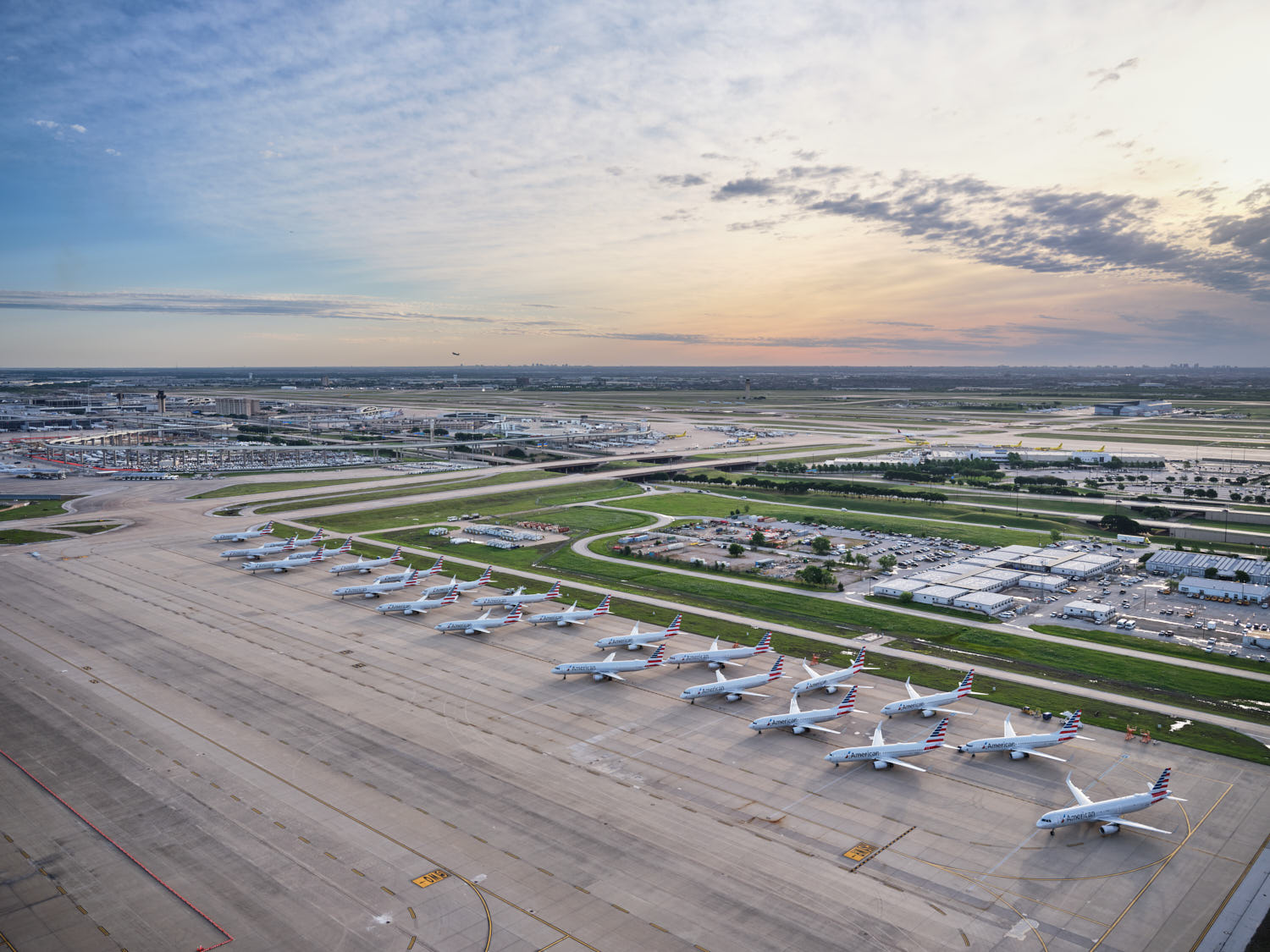
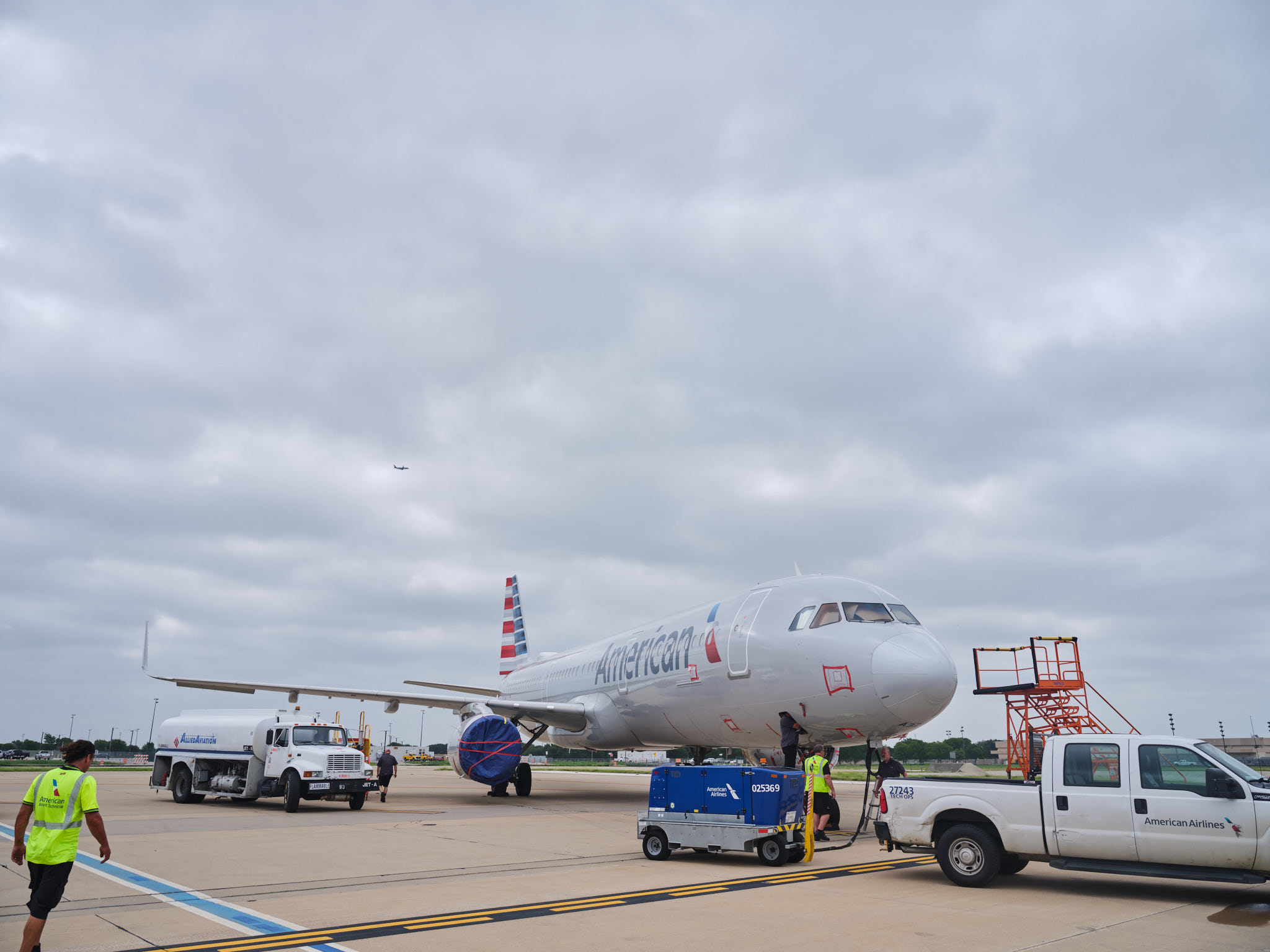
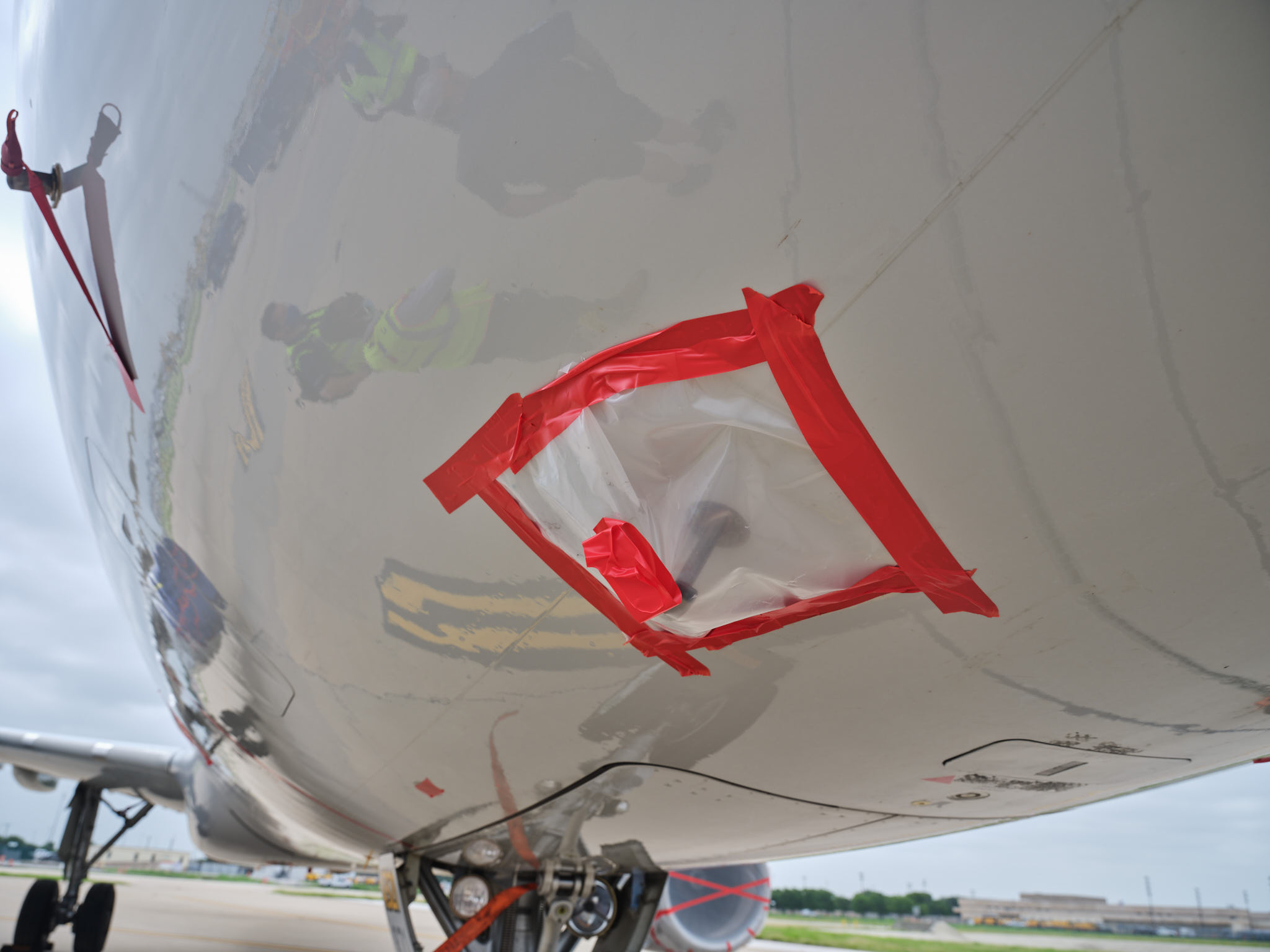
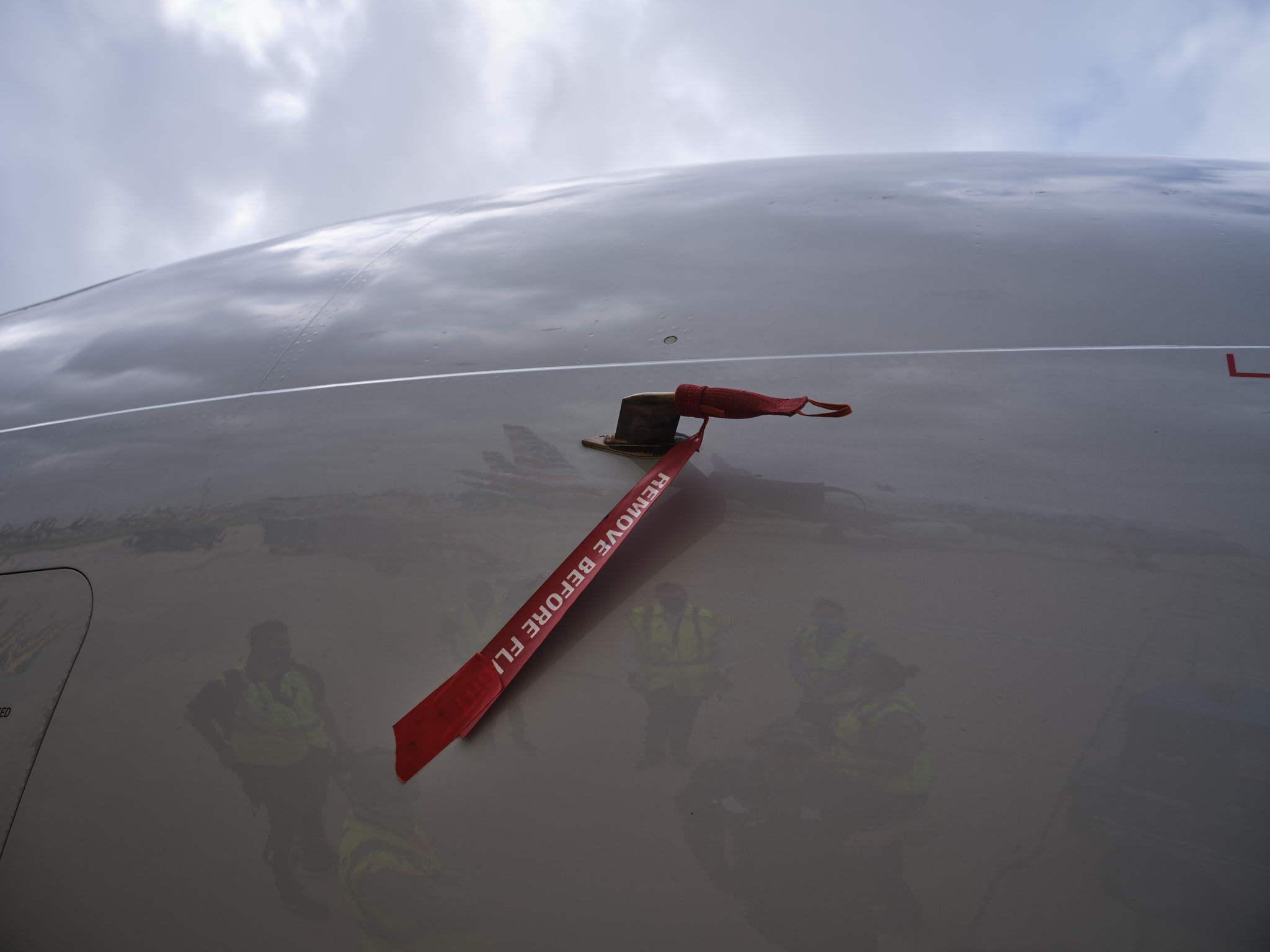
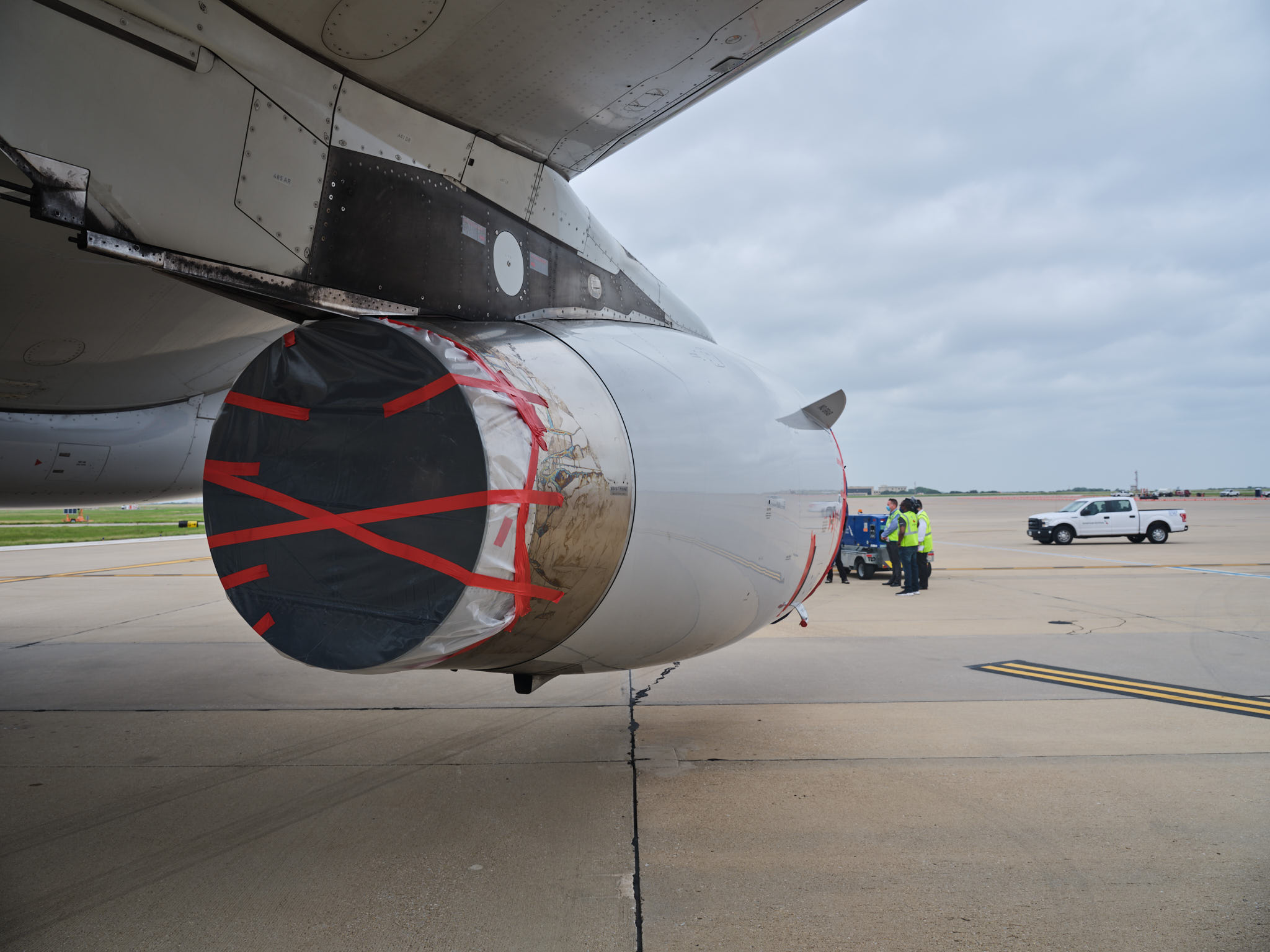


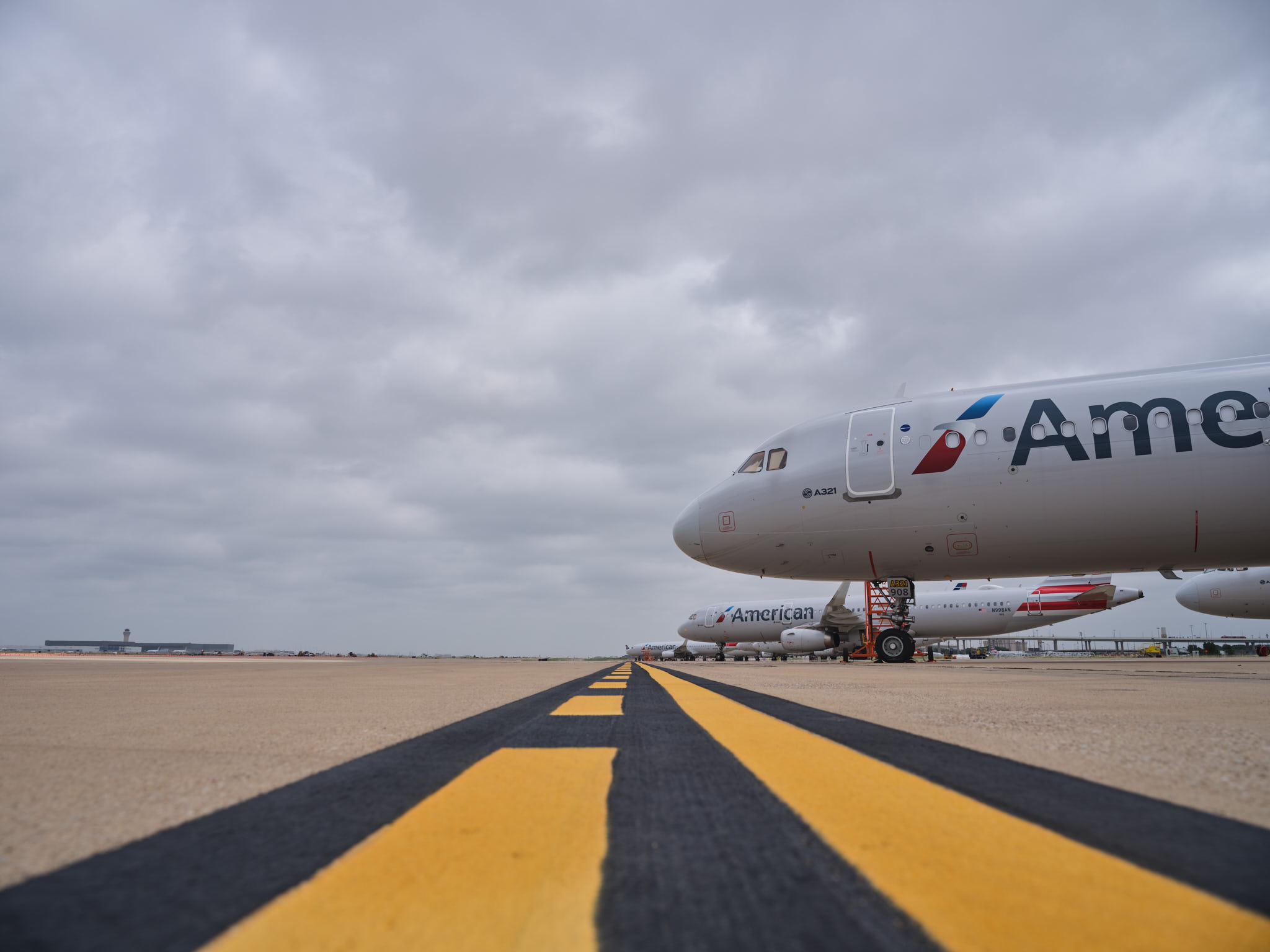
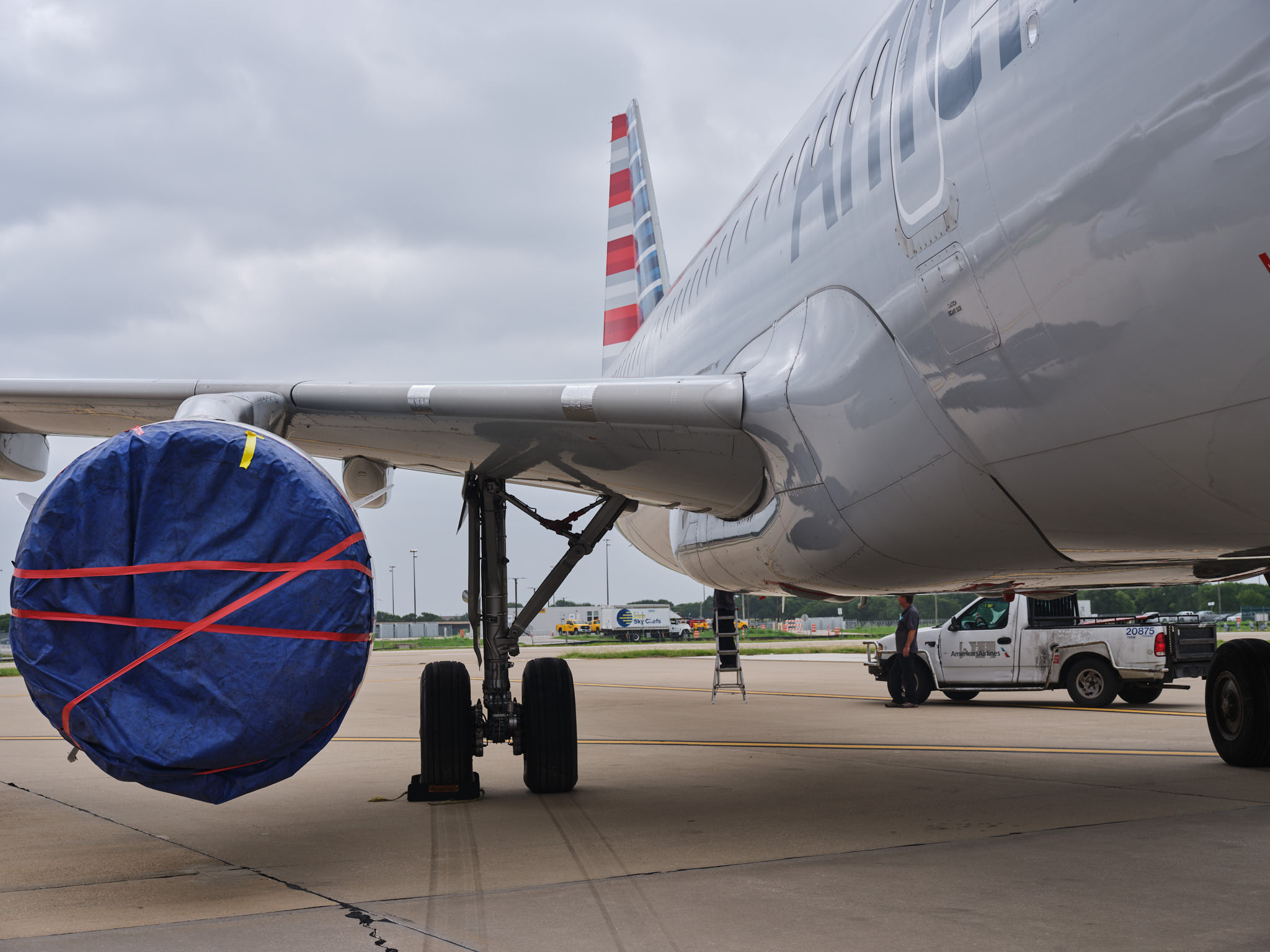

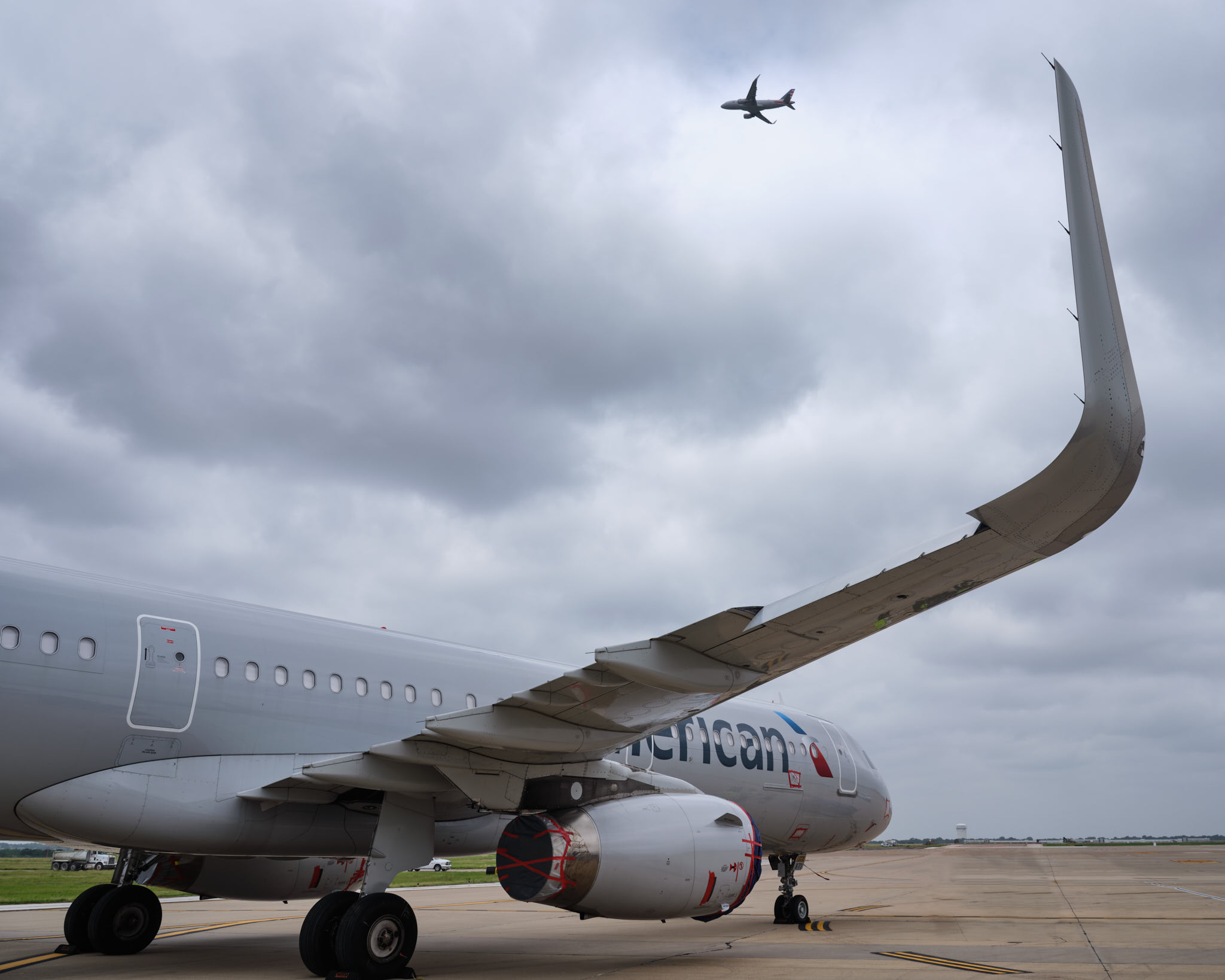

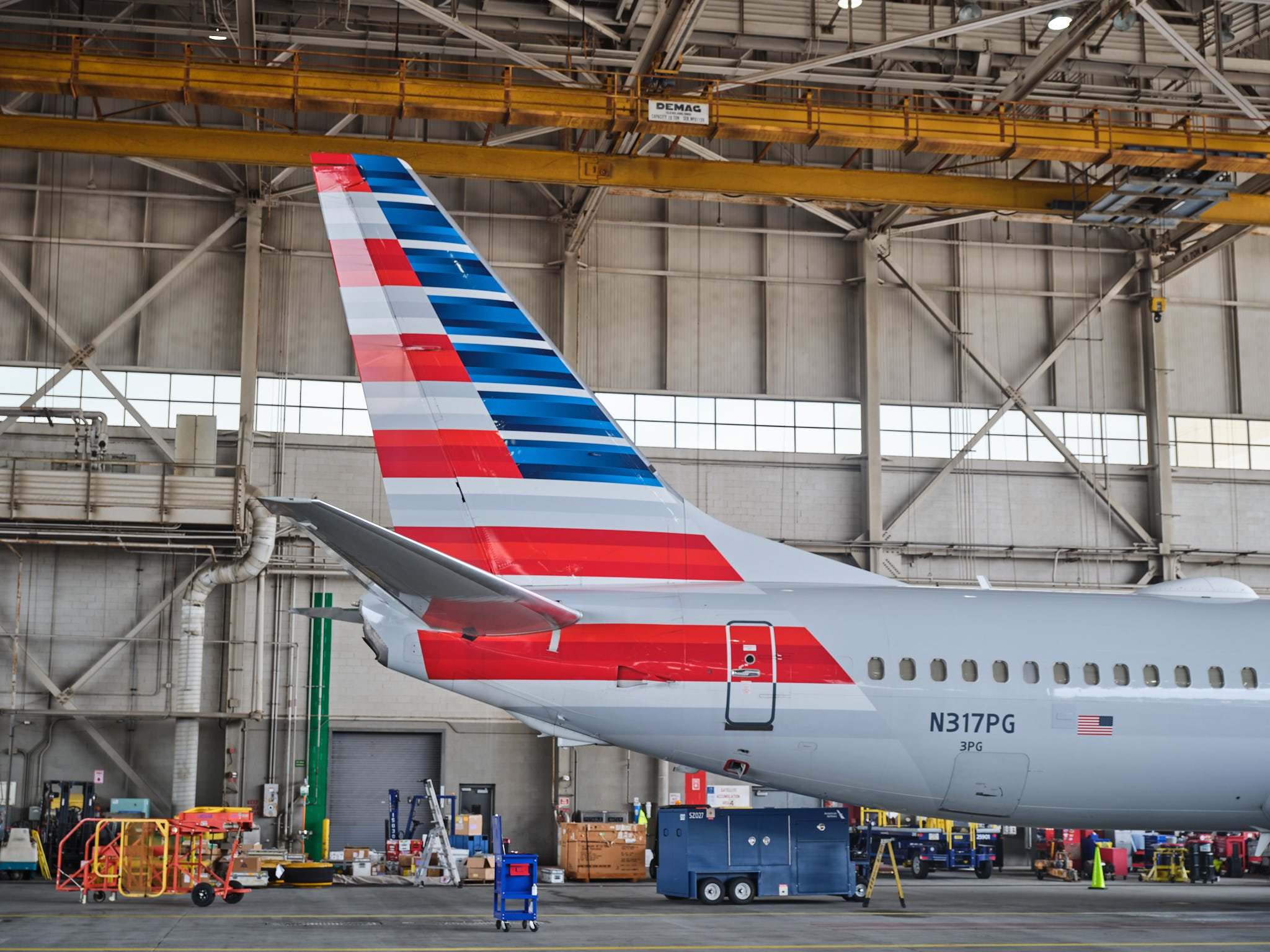
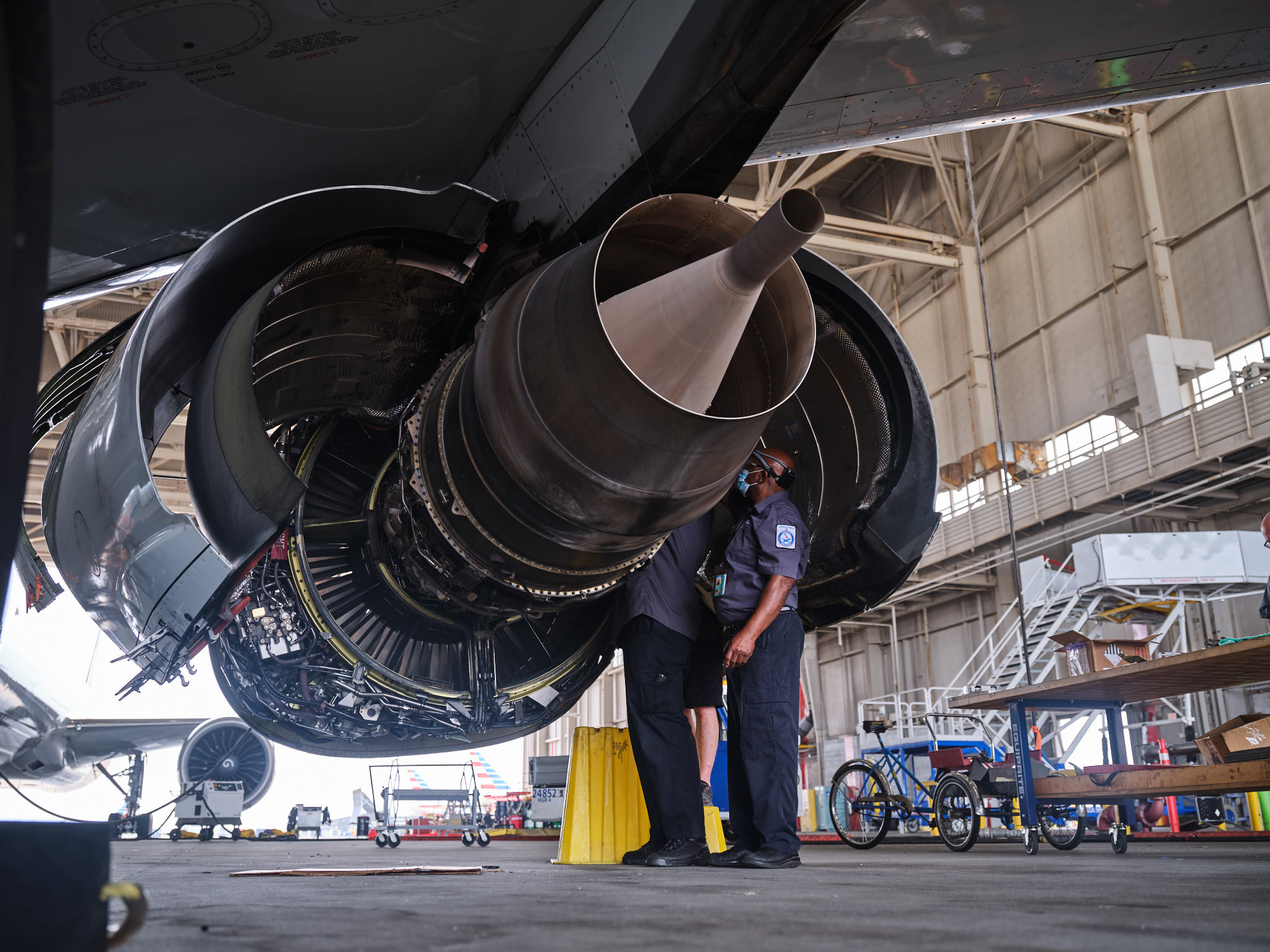

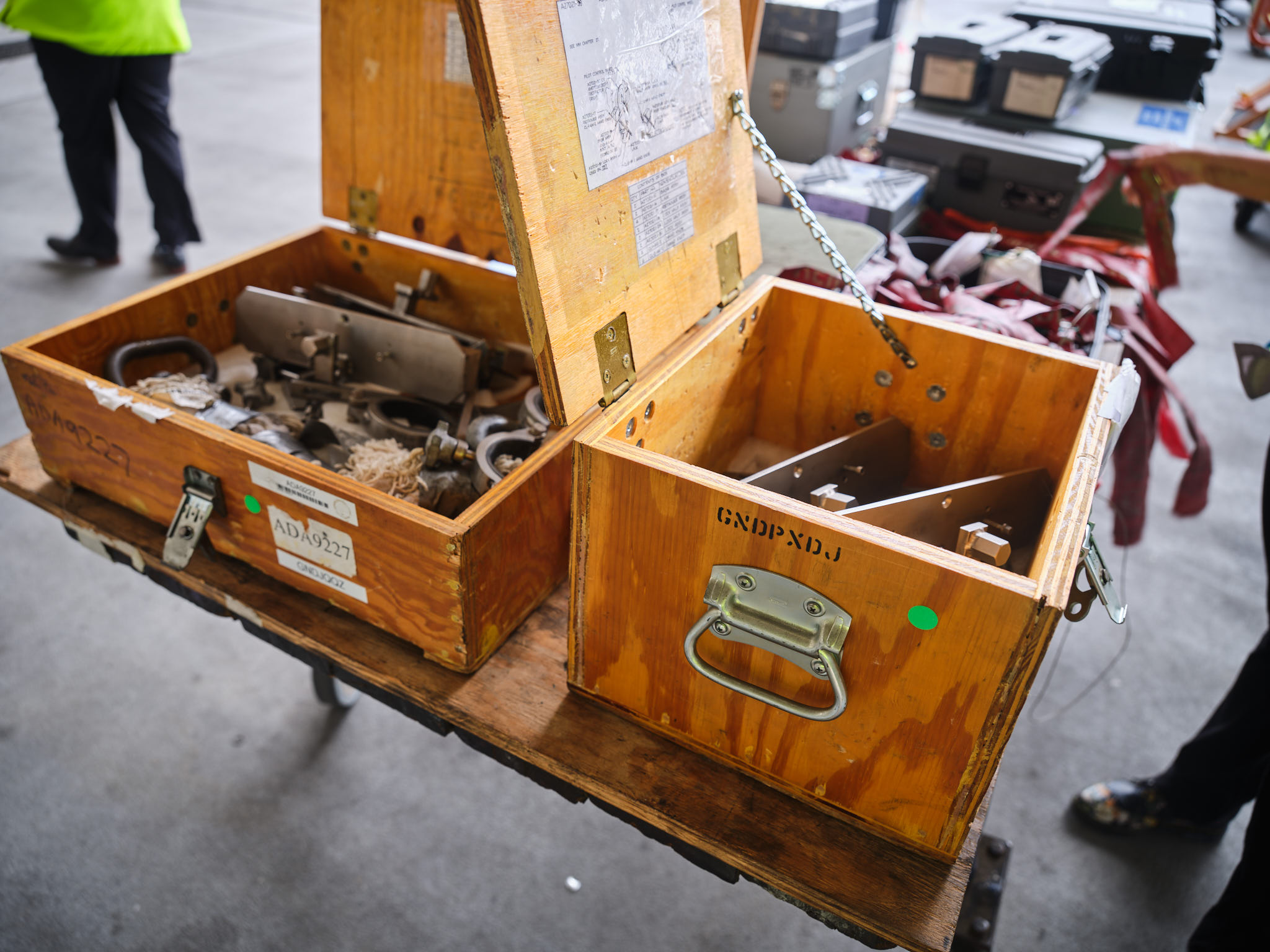
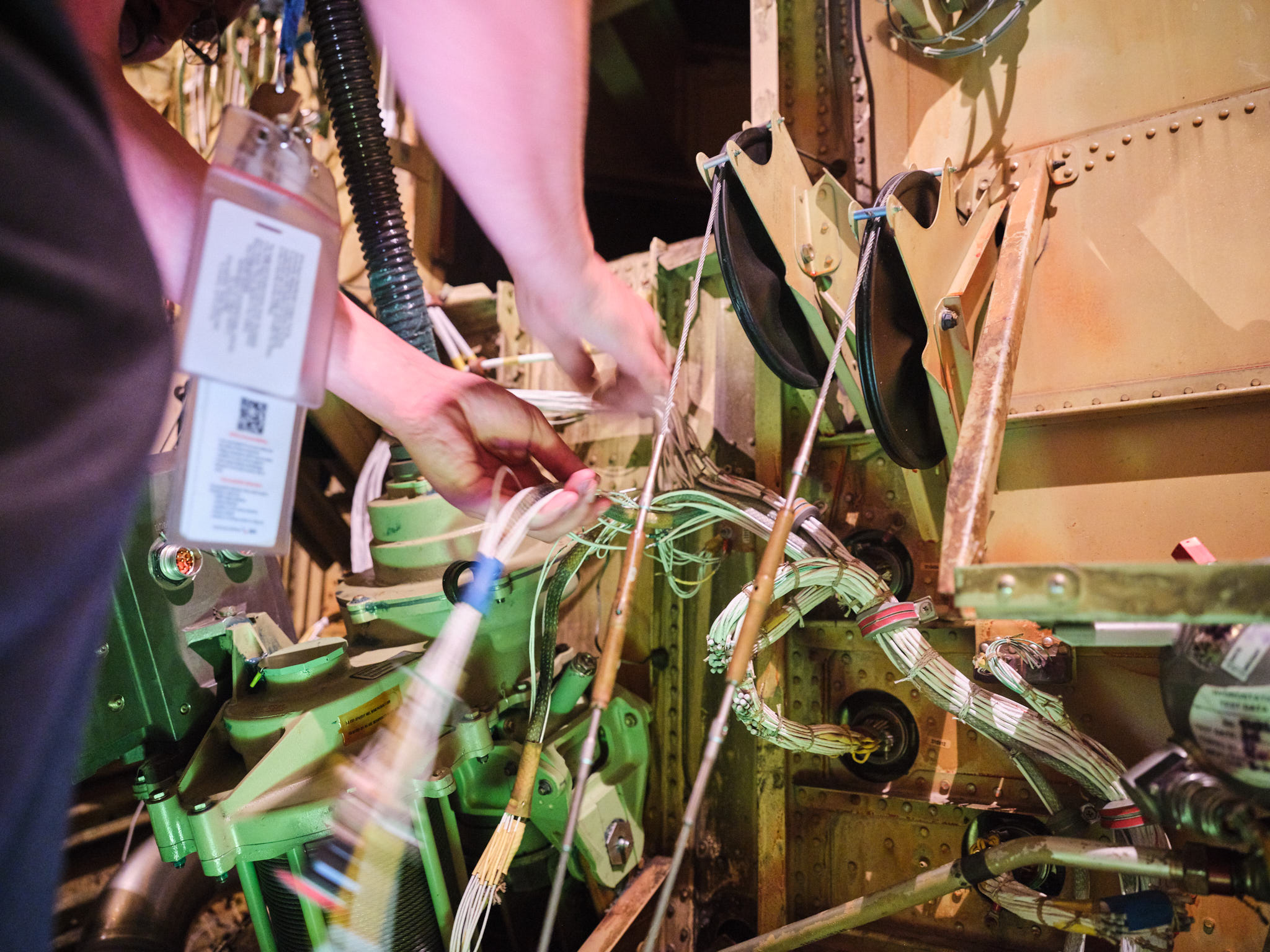
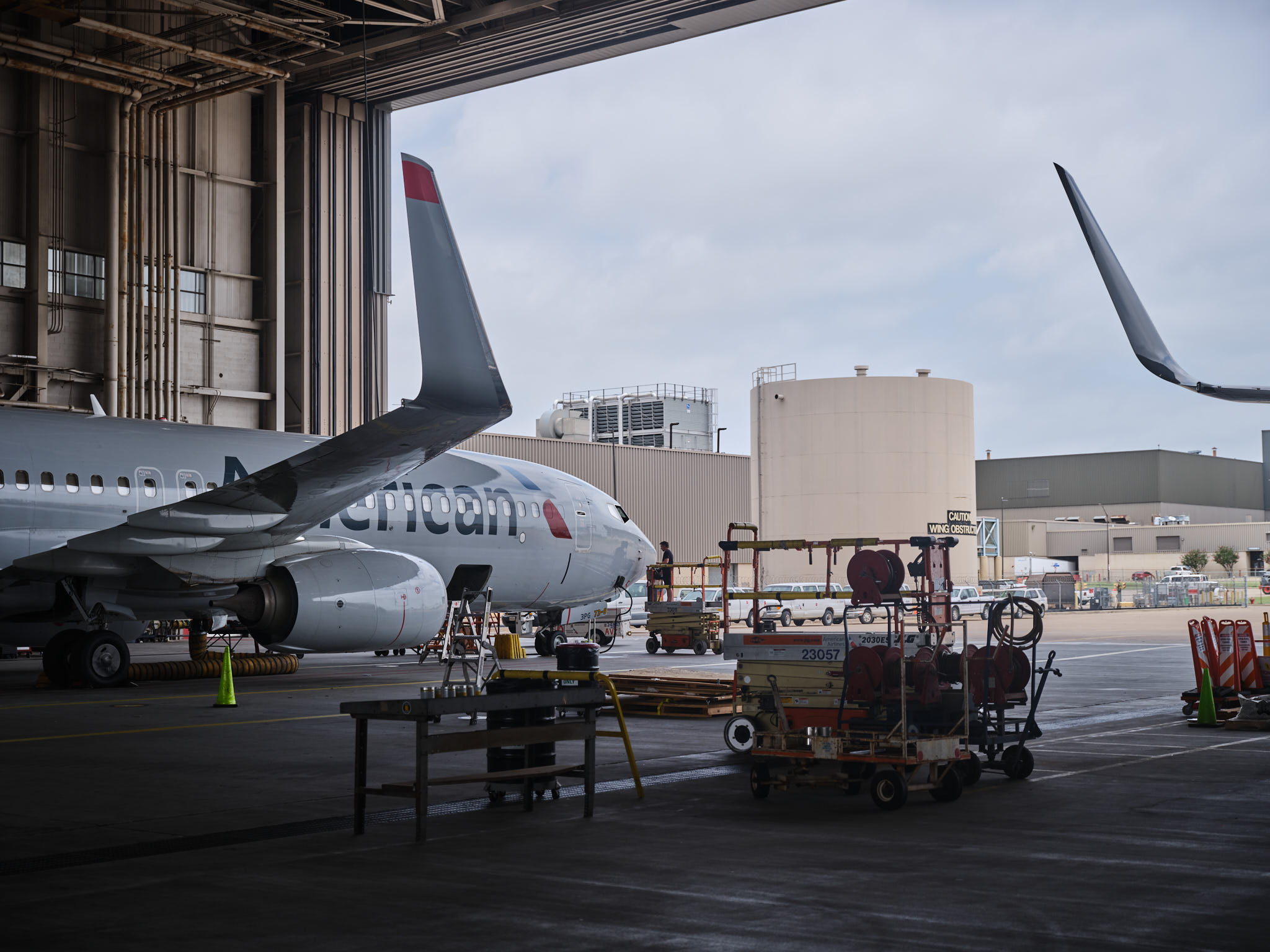
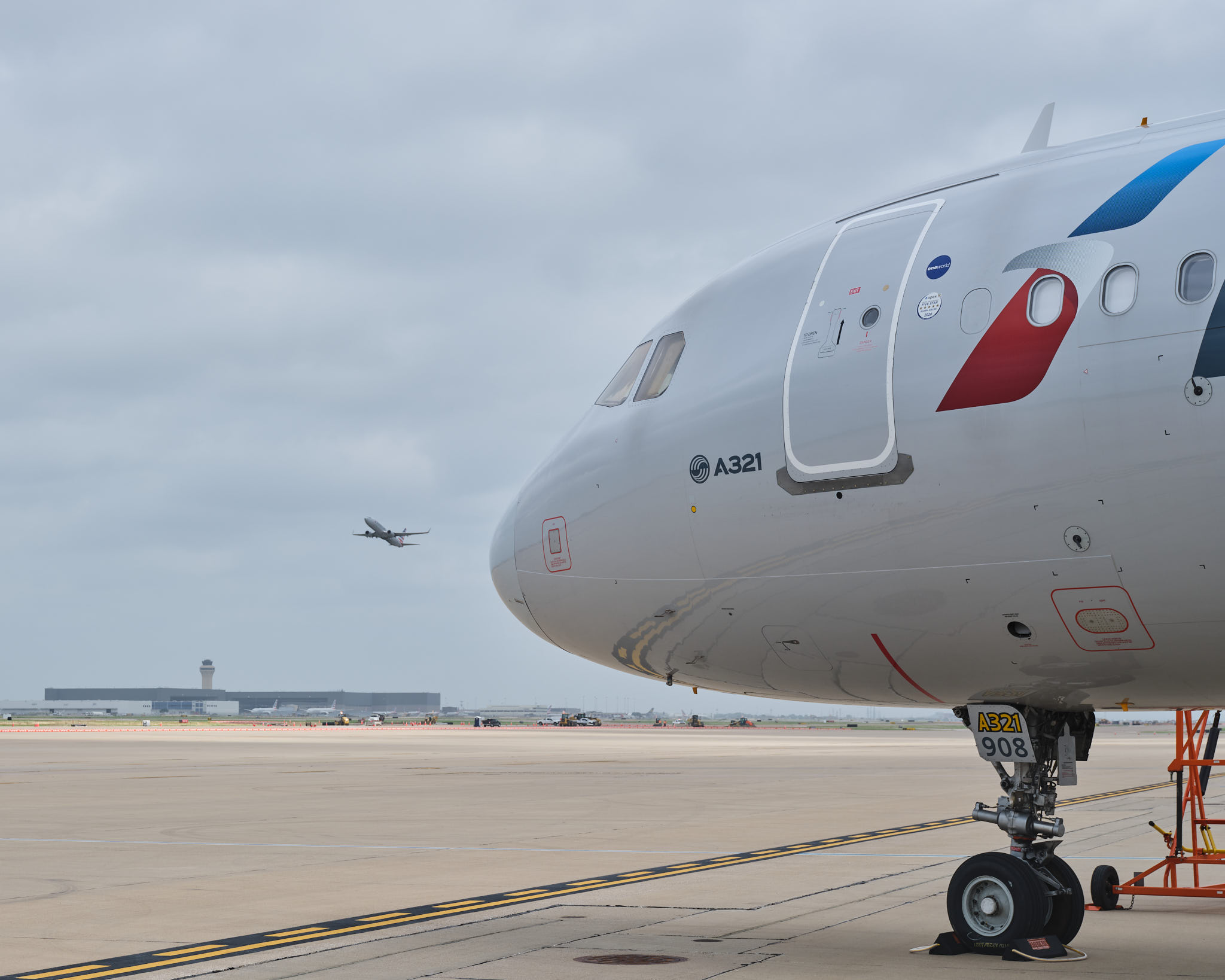

They will be in bankruptcy by spring.
“Aircraft” is both singular and plural. There is no such word as “aircrafts”. Not trying to bust your chops, just want you to look good when writing about the industry.
Great hopefully they will be flying to Cancun in Aug.
Amaricans Airline, Just amazing — they’ve never been late for me, but Amaricans Airline Cancellation Policy is a little bit difficult to understand. After searching so much about modification policy, finally, I got a solution by {Airlinespolicy.com}. They have crisp, short, and relevant information about modification, cancellation, check-in, Baggage, and Pet policy. They helped me a lot during the harsh Covid-19 time. I am very thankful to the team of airlinespolicy.